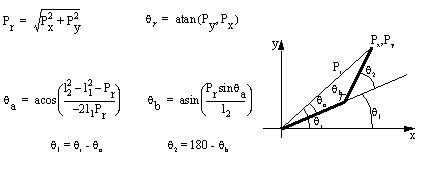
That's actually better than a low-pass filter, which does not remove low-frequency error. Marker coordinate error is reduced equally for high and low frequencies. The least-squares approach reduces error, but it is not correct to say that it acts as a low-pass filter.


On the other end of the spectrum, if we only need to track a single segment, we might be able to use considerably more than 6 markers.
Inverse dynamics calculator full#
6 markers may be appropriate for certain applications, but this would be hard to do for a full body motion capture. More markers and fewer degrees of freedom will produce more noise reduction via least squares. With fewer degrees of freedom, you can get away with even fewer markers by doing least-squares analysis on a full body model (as in Opensim's inverse kinematics). no joints in the model), 3 markers per segment (not 6) is sufficient. These errors cannot be addressed if the raw 3D coordinate data has been smoothed.This is good advice, but I have a few comments. Including marker reconstruction, tracking and identification errors. The least squares approach does act as a low pass filter for high frequency noise but more importantly the RMS error calculated between local and global coordinates of segment markers can be used to screen, identify and remove or correct errors in marker coordinates. Instead use a least squares cluster design (6 or more markers per segment) and filter the calculated joint angle data, resultant joint forces and moments. I would recommend not filtering 3D coordinate data at all and only filter force plate data to remove high frequency noise. For impacts filtering either position or force data with a 15Hz low pass is far too low and would not be appropriate. While collection of force data is not usually an issue and is routinely collected at 1,000 Hz regardless of the movement but can be pushed higher for impacts as you have done. Foot impacts of running or jumping are at far higher frequencies and the limitation is the maximum frequency of the 3D video system (200-250Hz). Similarly, force plate data should also be filtered at a frequency at least four times the filter used for the position data, if filtering were to be used.

Therefore if acceleration data were to be filtered it should be filtered at a frequency at least four times that used for the position data. For a simple periodic arm movement the frequency of changes in velocity will be twice and acceleration four times the frequency of the position data. If the 3D coordinate data were to be filtered by a low pass filter, reflecting the maximum frequency of interest, then it is not correct to filter the force data at the same frequency (as has been suggested both at 15Hz). These errors cannot be addressed if the raw 3D coordinate data has been smoothed. Re: Cutoff frequency for doing inverse dynamic


 0 kommentar(er)
0 kommentar(er)
